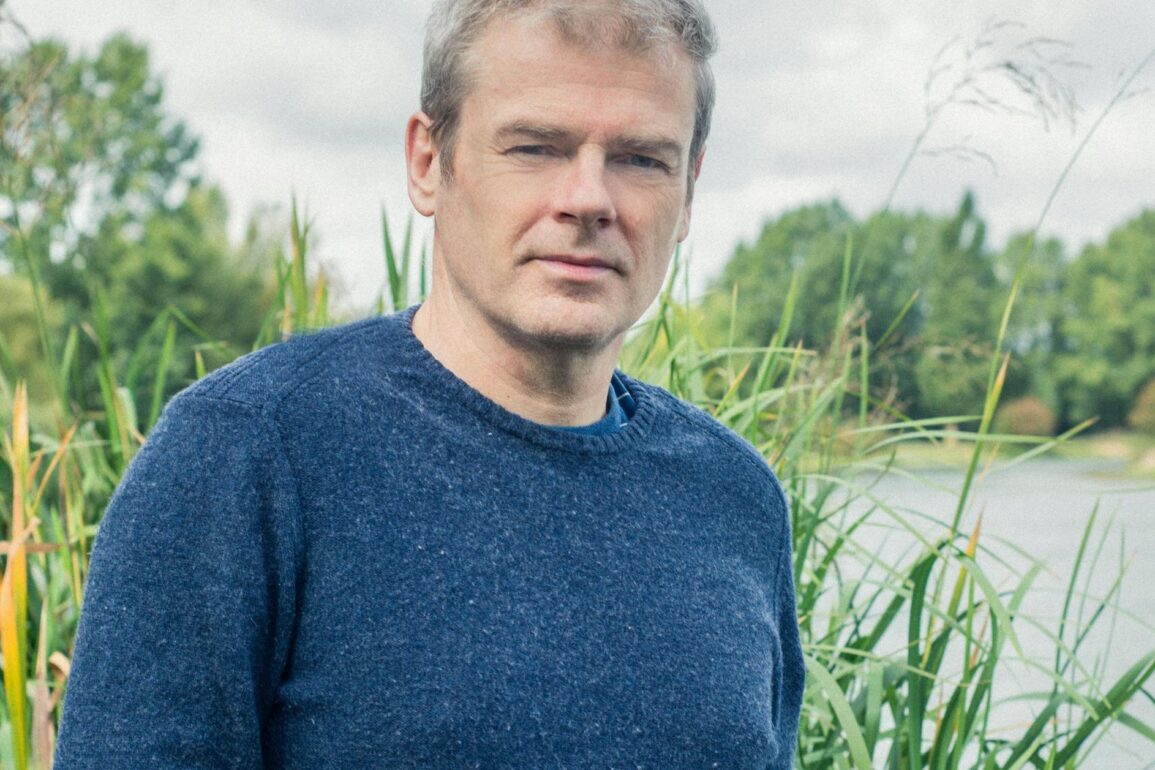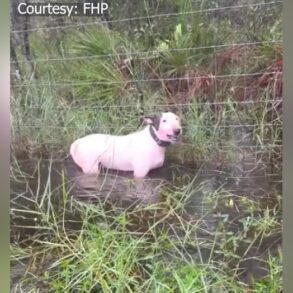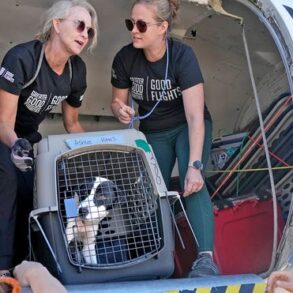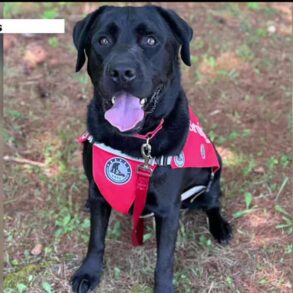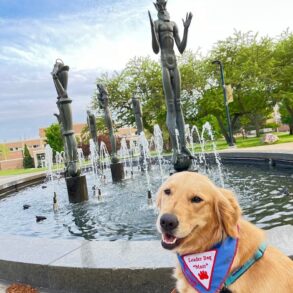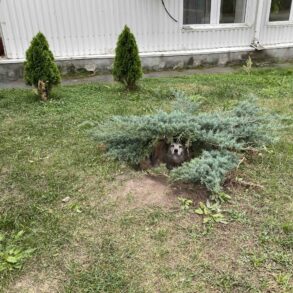
One minute Tegan is cycling through a beautiful, sunlit forest, the next she is cartwheeling over her handlebars and tumbling down a steep slope.
She ends up in a ravine, her arm broken, and she lies there for a few days, slipping in and out of consciousness. Eventually, she is spotted by a stranger and taken to a strange facility, one that is off the map and protected by razor wire and armed guards. When she is well enough, she roams the premises and finds rooms lined with cells. Most are filled with animals; some contain women.
When Tegan goes in search of answers, she is horrified to learn about a sinister gene-editing program. “You think we got to the moon and cured cancer by being nice?” a scientist asks her. Only then does it become painfully clear to Tegan that her rescuers might be captors who have no intention of releasing her anytime soon.
Deliciously unsettling, “The Wilderness” is one of eight stories that make up Mark Haddon’s excellent new collection. Several are inspired by works of literature, others by fables and legends. As with the British author’s 2019 novel “The Porpoise,” which ingeniously fused a contemporary tale with Shakespeare’s version of “Pericles,” “Dogs and Monsters” demonstrates how ancient stories can yield new delights when repurposed, updated and told from different perspectives.
In “The Mother’s Story,” Haddon — who became a phenomenon with the global popularity of “The Curious Incident of the Dog in the Night-Time” — reinterprets the myth of the minotaur. Shifting the drama from Crete to England, he tells of a woman who gives birth to a “mooncalf,” a repellent creature that her husband incarcerates in a maze beneath their palace. Years pass and the fearsome reputation of this savage beast spreads.
However, the woman knows the truth — her offspring is no “monster” but rather a damaged and disowned child she named Paul. Only by defying her husband and entering the labyrinth can she offer the boy a new chance in life.
A similar classical reworking, “D.O.G.Z.” begins with Ovid’s account of how the hunter Actaeon was brutally torn apart by his dogs; it then moves on to examine famous canines, from Sir Arthur Conan Doyle’s hound of the Baskervilles to the Soviet space dog Laika on her historic, yet tragic, orbital flight.
In “St. Brides Bay,” a woman reflects on key friendships and relationships, and traces parallels with what she remembers of the story of Pandora’s Box: “A woman refused to do what she was told and was punished for it. That was the real message, of course.”
This post was originally published on this site be sure to check out more of their content.




